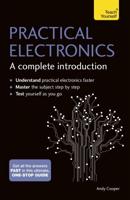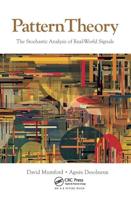Publisher's Synopsis
The total worldwide base of installed wind energy peak capacity reached 197 GW by the end of 2010. Wind turbine systems are being installed often in mountains and cold weather regions, due to their high wind energy potential. Harsh cold weather climates affect wind turbine performance. Ice accretion and irregular shedding during turbine operation lead to load imbalances, vibration and structural failures, often causing the turbine to shut off. This book presents an experimental investigation including three important fundamental aspects: energy losses of wind energy while a wind turbine is operating under icing conditions; aerodynamic characteristics of an airfoil during a simulated icing event and heat transfer characteristics of the airfoil with and without liquid water content at varying angles of attack. The drag, lift and moment are measured by a force balance system to obtain the aerodynamics of an iced airfoil. The book also quantifies the power loss under various icing conditions. The data obtained can be used to validate numerical models and predict heat transfer characteristics when wind turbines operate in cold climate regions.











